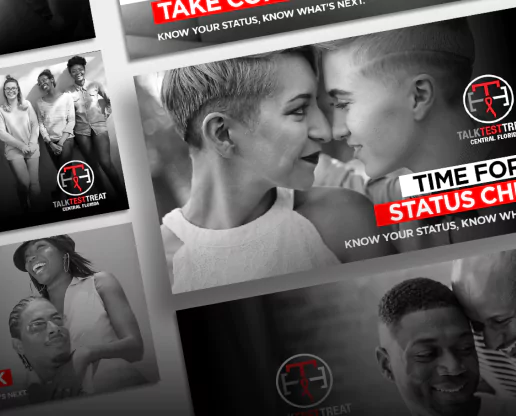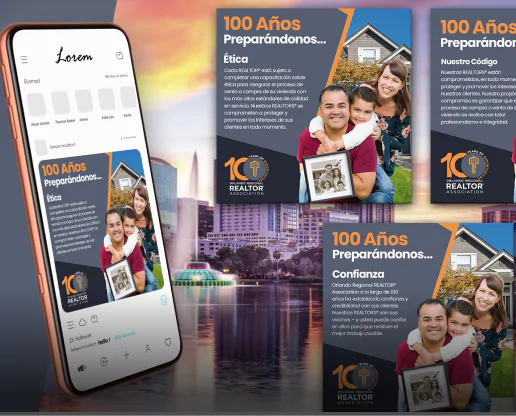
Case StudY
TALK, TEST, TREAT ORLANDO
HIV testing and prevention among some of the highest-risk minority populations was not resonating with people at-risk when the Florida Health Department approached us to help get the word out. Instead of the shotgun approach of traditional media they were currently employing, we turned to our proven digital tools to create a highly targeted, and wildly effective hybrid mix of digital and traditional campaigns. We met our targets where they lived, worked, and played.
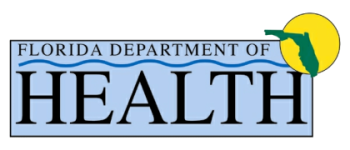
SERVICES WE PROVIDED
Strategic Planning, Brand Development, Media Plan Development, Creative Development, Website Development and Maintenance, Video Development, Tradition and Digital Media Buying and Optimization (Social, Paid Search, Spotify Advertising, Retargeting campaigns, Local Geofencing, Ads on Waze. Out-of-home.
The Challenge
To reach the most at-risk with a message that was inviting, non-judgmental and dispelled misconceptions about HIV.
For many at risk, there is an uncomfortable stigma surrounding the HIV discussion. That stigma is fostered by negative attitudes and beliefs about people with HIV. It is the prejudice that comes with labeling an individual as part of a group that is believed to be socially unacceptable. For example, some feel only certain groups of people can get HIV. Others make moral judgments about people who take steps to prevent HIV transmission, and yet others feel that people deserve to get HIV because of their life choices. But getting past this narrative was paramount as Orlando shot to #3 in the country for new HIV cases in 2019.
Approach & Execution
We created a highly strategic paid media plan that was hyper-targeted to Orlando populations with the highest rate of transmission.
Perspective audiences were targeted via digital media based on their age, ethnicity, and location. Our main segment was African American and Latino homosexual men in the Orange County area who lived in designated locations and visited the locations most popular with the LGBTQ+ community. We approached the topic with empathy, understanding, and in such a way that dispelled the misconceptions about HIV. We then delivered this message with a laser focus to those people who needed to hear it most.
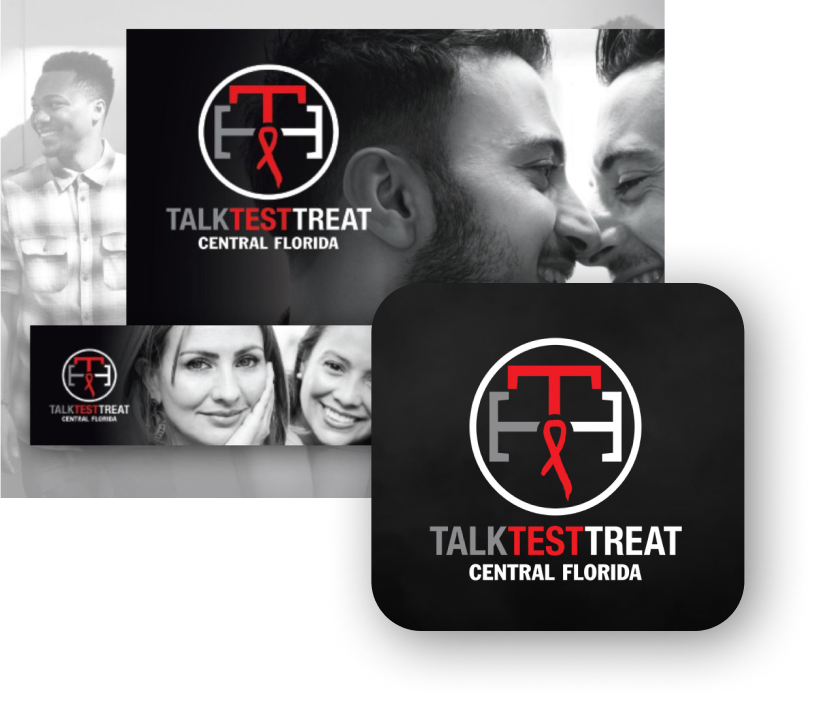
It all began with the logo design
Talk Test Treat was more than just a logo moniker. It was a call to action. It was a very graphic representation of the circular nature of the conversation and the 1-2-3 steps that should be taken to both prevent the spread of HIV, encourage those at risk to get tested, and help those already living with it.
Test was at the heart of the interaction, and was isolated in red to draw attention and create greater impact.
A New SEO Optimized Website for the Cause
The website was designed to engage viewers and keep them on-page for longer periods of time, thus increasing the chances of a conversion at the bottom of the page.
Here they found easy access to HIV testing that was reliable, confidential, and judgment-free. It was a one-stop shop where people could order kits and find help when they needed it.
Aggressive SEO helped those searching for answers and assistance online find the resources offered.
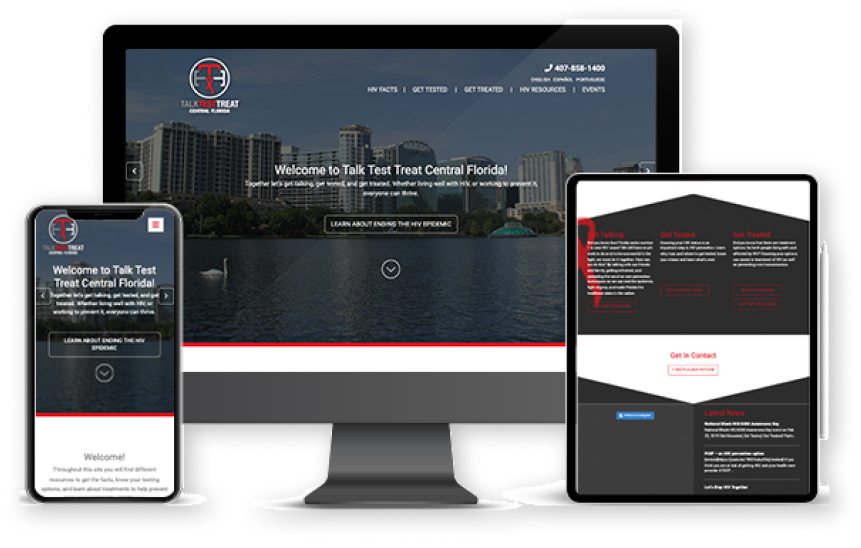

Standing Out With Differentiated Creative and Full-Funnel Media Strategy
To find the right approach, Chatter Buzz dug into Florida Department of Health extensive customer research to better understand who we were trying to reach, their desires and pain points, and where they were spending time online.
That strategy brought the creative to life by prioritizing upper-funnel video tactics that focused on storytelling, including CTV, linear TV, online video, TikTok, Snapchat, Meta, and YouTube.
Our primary targets were spending a significant amount of time on social media, streaming audio and TV, so we organized direct buys with Spotify, Roku, and Meta to ensure we were meeting our audience where they were already spending their time.
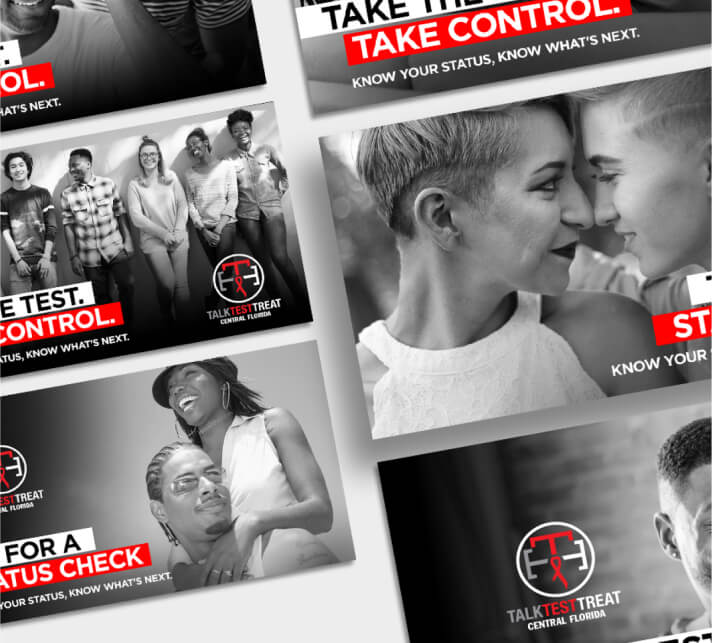
Smart target audience segmentation reduced costs
We focused on areas throughout the city most likely to attract our target.
We geotargeted locations our targets were most likely to frequent. We also use retargeting campaigns to reach them on gaming platforms, on streaming devices, and on commonly used apps like Spotify and Waze.
For instance, by separating our campaigns by demographics on Facebook ads, we saw 6,400 link clicks within two months of launch. Consequently, we achieved a highly efficient and ultra-low average CPC across all of our ad groups.
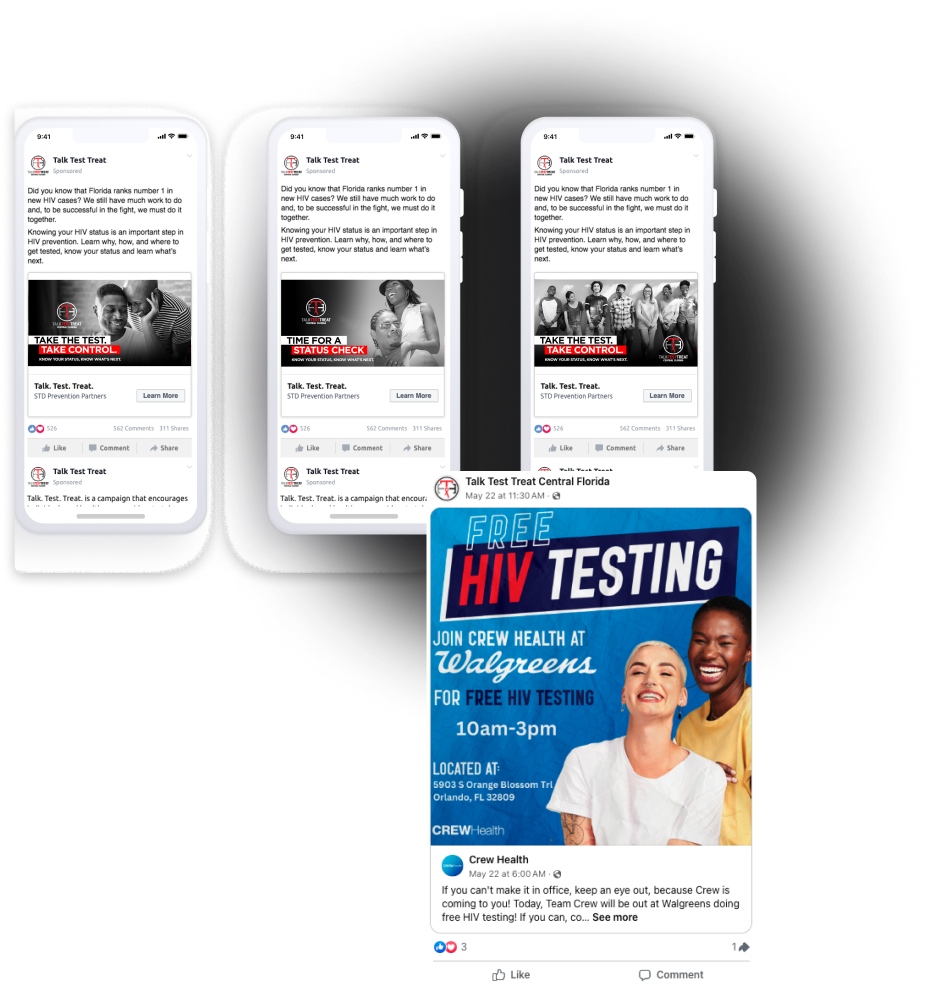
Google search ads were set up in individual campaigns that each had a distinct call to action
We split the campaign into a logical 1, 2, 3, 4 progression that gave those searching for information ready access to what they needed. These four campaigns were focused on:
1) When to test, which offered a risk assessment tool for determining when people should get tested for HIV. This action led them to the website, where we could continue the conversation through remarketing.
2) Where to test, offered a clinic finder that easily connected them to a test center nearby.
3) Which test, which helped educate them about HIV testing options available
4) Schedule a test, which led to our desired conversion of either an email or phone call.
We bolstered all digital campaigns with high-impact, out-of-home messaging
We wrapped buses moving around specific geographic zip codes with the largest populations at risk, billboards to increase campaign awareness among the population at large, and junior posters in neighborhoods most likely to be lived in or frequented by our demographic profiles. These efforts were not only for brand awareness, but also to support socialization of the Talk, Test, Treat CTA and to also promote testing availability nearby. We also promoted the campaign during high-traffic events such as Orlando City Soccer, Florida Classic, Gay Days, and Festival Calle Orange.
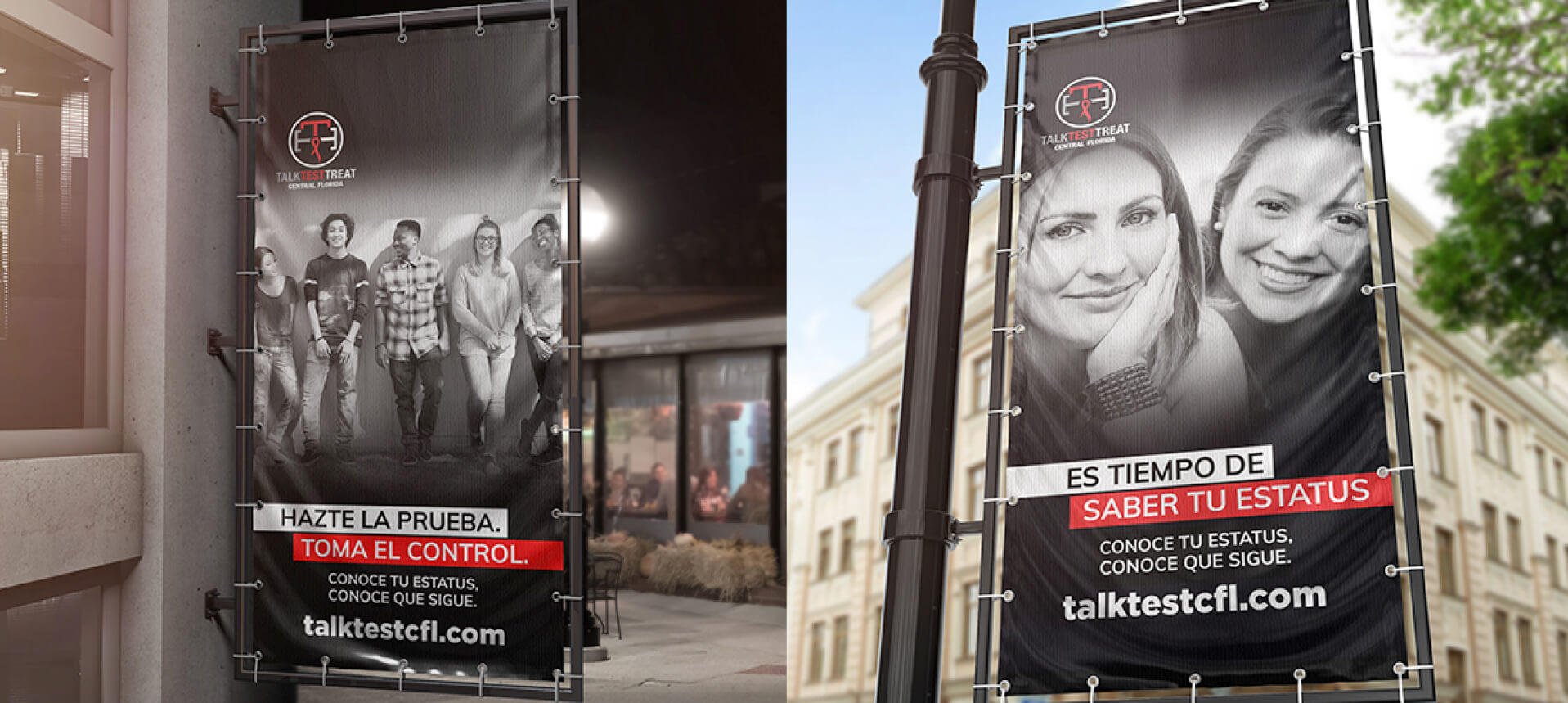
We leveraged data analytics to our ultimate advantage
A constant review and optimization of campaigns in real-time allowed us to focus on those performing well and boost their ad spend.
This, in turn, accelerated results and lowered overall cost-per-impression, and more importantly a lower cost-per-click of $0.77, which allowed us to optimize marketing dollars.

The Results
Data revealed the wildfire we had ignited
Not only did testing increase as a result, we helped destigmatize HIV and educated a wider audience than would have ever been possible using traditional media alone.
2,637,361
Impressions across all campaigns
425.87%
Growth in new website visitors
738%
Website conversion rate (ordering kits, calls & form submissions)
All Case Studies



